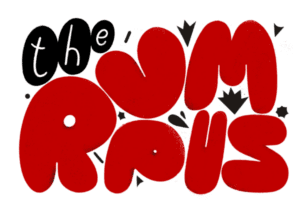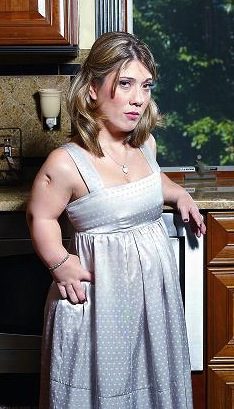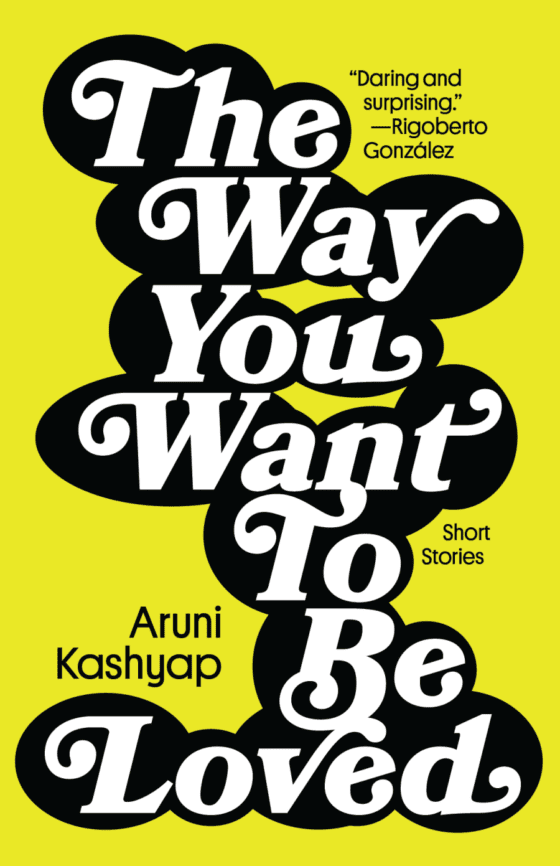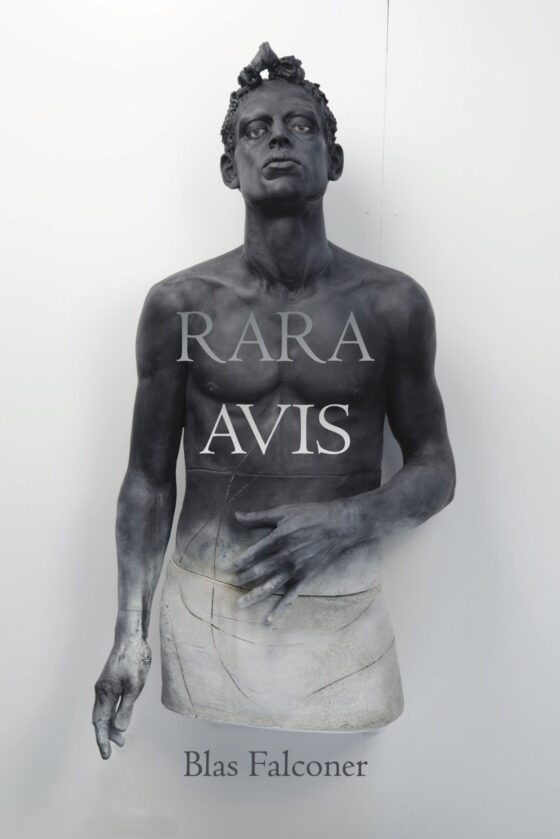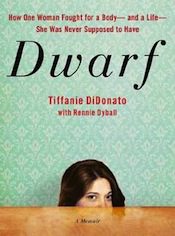
Little people are more present in media than ever—reality shows like TLC’s Little People Big World and The Little Couple, Shorty Rossi, star of Animal Planet’s Pit Boss, Verne Troyer of the Austin Powers movies, porn star Bridget Powers, Kid Rock’s backing vocalist Joe C., and Bushwick Bill of the Geto Boys all offer representations a step up from tired roles as elves, Ewoks and Munchkins, but rarely do we hear their stories, told in their very own words.
Tiffanie DiDinato’s memoir, Dwarf: How One Woman Fought for a Body—and a Life—She Was Never Supposed to Have is creative nonfiction at its best—empowering the writer to share her life on the page while both educating and entertaining the reader.
After explaining that she did actually watch Snow White and the Seven Dwarves as a child but deemed it a “renter” due to her greater love for Winnie the Pooh, Tiffanie DiDinato lays her hard-earned philosophy out on the table: “I’m not a midget. I’m not a dwarf. Please, just call me Tiffanie.”
It sets the tone for a sweet, sassy and surreal story of overcoming enormous physical challenges with the help of modern medicine. While born with diastrophic displaysia, a rare form of dwarfism causing short stature, joint deformities, and very short extremities, Tiffanie does not allow the world to define her. She endured several controversial limb-lengthening surgeries as a child and chose to continue with them in high school. By the age of fifteen, the operating table had become a familiar place; she eventually gained an unprecedented fourteen inches in height total, allowing her to drive, reach the kitchen sink and climb stairs without aid.
Tiffanie chose extreme body modification before ear-stretching and tattoos were all the rage. Her surgeries are described in grim detail, answering any question inquiring minds might have about the painful process. When featured on Good Morning America in 2008, she received quite the backlash of hate mail—much of it from people claiming to be associated with the Little People of America organization, calling her a “sell-out” and an “ELP” (ex little person).
Her story plays the line between self-acceptance and self-improvement. The surgeries began at the behest of a well-meaning mother and somewhat bewildered family but continued as Tiffanie’s choice while a teenager—years we know we’re not at our wisest—perhaps begging the question of autonomy versus conformity. The results leave her at a limbo height of 4 feet and 10 inches—which, according to LPA, is the cut-off for dwarfism. The author wonders if this means “with heels, with pumps or barefoot,” joking that she could very well be a dwarf one moment and not a dwarf in the next. She deliberately plays with the word and all of its connotations, offering heart-wrenching explanation, without apology, for her decisions:
“I wanted to shop for clothes that fit my age, not just my body,” she writes. “I desperately wanted to take out the trash. Of all things! I fantasized about picking up the burgeoning white bag with the tie top and walking it out to the garage. I dreamed of reaching the third shelf in my refrigerator, the faucet, the light switch and the coffee maker.”
Author Lee Gutkind calls creative nonfiction “a literary, cultural, and political movement.”
Memoirs like Tiffanie’s embody the power of the creative nonfiction genre. The very act of getting her thoughts on the page and out into the world empowers others outside of the mainstream spotlight to own our own identities and tell our own stories, without the imaginations of Hollywood. As writer Michelle Tea says in her essay, Explain, “Writing is the greatest, and writing the truth in particular. Your little slice of it. You’ve got that, and you’ve got your body, and I think that’s it.”
Her book takes the reader through a pull-no-punches maze of decisions most able-bodied people need never fathom, leaving little room for judgment by the end. Dwarf reveals a narrator full of strength, determination and a healthy sense of humor. It’s a love story in every way—with her self-described “big hugs, little arms,” the writer eventually embraces herself, the family that nearly aborted her, the Marine of her dreams, a career as a writer and eventually, motherhood—part of which her next memoir will be about.
